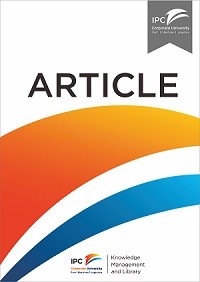Article
The Mobilities of Ships and Shipped Mobilities
In the burgeoning field of mobilities studies, the seas and all that moves in, on, across and through them, have not been embraced with the same enthusiasm as mobilities ashore. While trains (Verstraete 2002), planes (Adey 2010) and automobiles (Merriman 2007) have received sustained attention, alongside walking subjects (Middleton 2009), wired networks (Graham 2002) and mobile ideas (Law 1986); the ship (a prime figure in seaborne movement) has, for some time, been quietly bobbing in the background (Peters 2010, 1243). It is important to note that the work of the mobilities paradigm has not omitted the politics of sea-based movements entirely (see, for example, recent entries in this journal; Ashmore 2013; Stanley 2008; Straughan and Dixon 2013), but it remains true that mobilities ‘at sea’ are a vastly underexplored area, with more comprehensive incursions only just beginning to emerge (Anderson and Peters 2014; Birtchnell, Sativsky, and Urry forthcoming; Vannini 2012). This work has helped set in motion a shift towards the seas, following a more general oceanic reorientation within the humanities (see Blum 2010), bringing the rhythms and movements of people, objects, materials, ideas – all manner of things and stuff – into focus through the lens of mobilities thinking.
Ketersediaan
Informasi Detail
- Judul Seri
-
Mobilities
- No. Panggil
-
ATC LO ADD t
- Penerbit
- United Kingdom : Routledge., 2014
- Deskripsi Fisik
-
14 p.
- Bahasa
-
English
- ISBN/ISSN
-
1745-011X
- Klasifikasi
-
LO
- Tipe Isi
-
-
- Tipe Media
-
-
- Tipe Pembawa
-
online resource
- Edisi
-
Vol. 9, No. 3, 337–349
- Subjek
- Info Detail Spesifik
-
-
- Pernyataan Tanggungjawab
-
Anyaa Anim-Addo
Versi lain/terkait
| Judul | Edisi | Bahasa |
|---|---|---|
| The law and partice relating to oil pollution from ships | en |
Lampiran Berkas
Komentar
Anda harus masuk sebelum memberikan komentar

 Karya Umum
Karya Umum  Filsafat
Filsafat  Agama
Agama  Ilmu-ilmu Sosial
Ilmu-ilmu Sosial  Bahasa
Bahasa  Ilmu-ilmu Murni
Ilmu-ilmu Murni  Ilmu-ilmu Terapan
Ilmu-ilmu Terapan  Kesenian, Hiburan, dan Olahraga
Kesenian, Hiburan, dan Olahraga  Kesusastraan
Kesusastraan  Geografi dan Sejarah
Geografi dan Sejarah